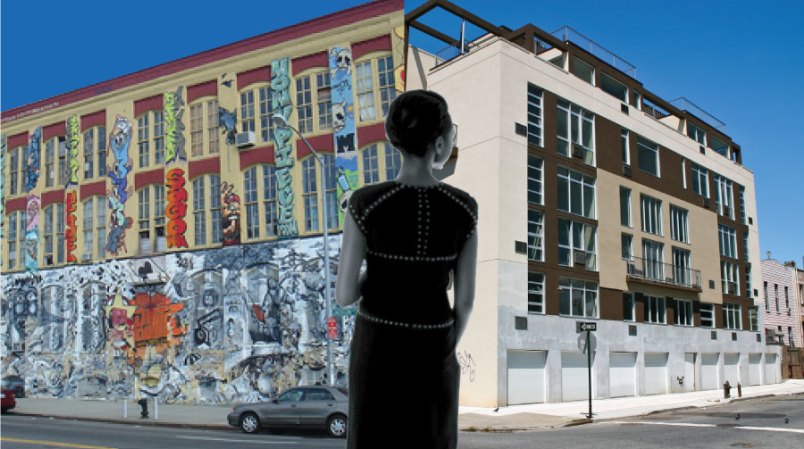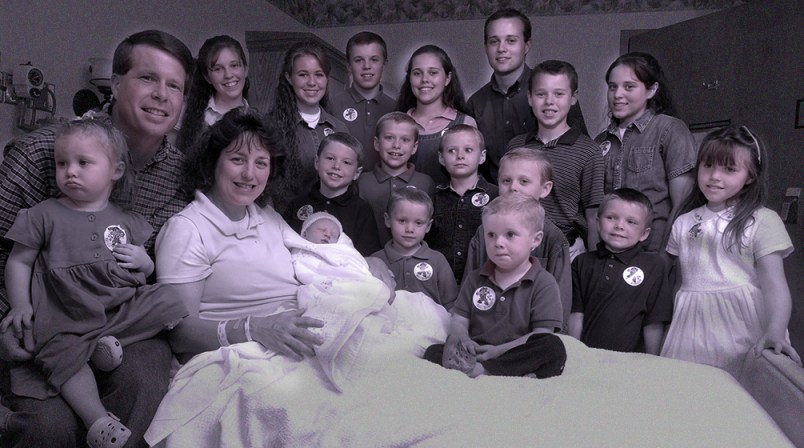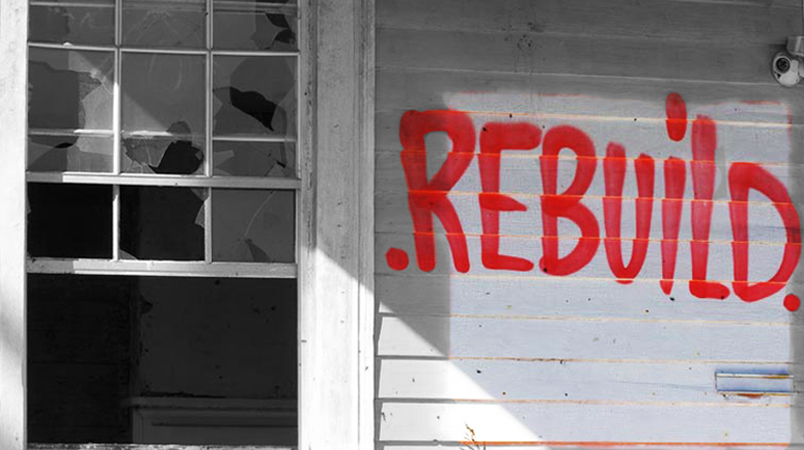On a typical night in 2009, I finished work around 10 p.m., collapsed into a cab I’d expense the next morning with my work laptop and a set of legal files in hand, took off my Manolos so they’d stop crushing my feet, watched baseball on my phone to signal to the driver that he shouldn’t bother starting a conversation on my ride home to New York City’s East Village, and grimaced when he asked me halfway through our unwanted chat if I grew up in my neighborhood.
I always rolled my eyes before saying no and returning to my baseball. It was objectively clear that, in 2009, a young black lawyer probably wasn’t originally from the East Village. After the neighborhood’s crime rate went down in the nineties, its rents skyrocketed, which encouraged lawyers and hedge fund traders to move in, and established residents and punk/beatnik/bohemian transplants to leave. Nowadays, the East Village is about 8 percent black, a combination of new arrivals like me and longtime residents of the Avenue D projects. At that point, East Village natives were being priced out of the neighborhood because of the astronomical rents people like me paid willingly.
While I’d practiced law long enough to understand that as a black lawyer, I was pretty rare, I had assumed my suits, shoes and demeanor made it clear that I was a professional. Especially in 2009—NYC had suffered enough recession casualties that people looking for cabs outside Sixth Avenue corporate towers at 10 p.m. were either tourists or billing their companies.
So when cabbies and bodega owners and random people on the street repeatedly asked me if I was an East Village native, they erased my profession and demeanor and mentally stuck me out on Avenue D instead of calling me what I was: a black gentrifier. While I wasn’t proud to be part of a demographic that kicked people out of their apartments, I had trouble feeling guilty about being my family’s first college graduate, first lawyer, and first person who was financially able to call a desirable New York City neighborhood home.
The problem is that America has one official gentrification story. Gentrifiers are white, middle- to upper-middle class people who move into minority-filled neighborhoods, drive up rents by paying much more than the natives can afford, and entice expensive coffee shops and farm-to-table restaurants to move in, thereby displacing older businesses simply by existing.
This does happen. But it’s not the whole truth.
“Gentrifier” isn’t exactly a compliment. Kicking people out of their homes is not an act we should value. But upward mobility, the kind black gentrifiers like me have achieved, is a good thing. We are the college-educated or entrepreneurial descendants of black people who had fewer opportunities than we had. We make the sort of money that college-educated and entrepreneurial white people make. We move to neighborhoods like the East Village because we are attracted to the same things as everyone else who moves there: the trendy and nationally-known restaurants and bars, the excellent shopping, the dog run and community events in Tompkins Square Park, the newly renovated running path along the East River.
If blacks aren’t perceived as middle class, our upward mobility is limited. Most people in the U.S. get their jobs through friends and family. Other middle class people assume we’re too different from them to be friends and family—the ones who will later be told about jobs. Not acknowledging that blacks can be middle class makes us always poor, always “the other,” always too different to bother getting to know. It is insulting to live in a world where people are comfortable assuming that Michelle Obama took a trip to Target to assist customers trying to reach an item on a high shelf. It’s not hard to stop assuming that blacks can never be middle class. All it takes is a little thought before admitting out loud that you presume all blacks must be poor.
It took me a couple of years after I realized I was a black gentrifier to admit it to others, to tell people who assumed I grew up in the East Village that I’d moved to New York from the Midwest to practice law and that I was comfortable with the objectively huge sum I paid in rent. I didn’t want to identify as a member of a group that forced people out of their homes. But after a couple more years of legal practice, I’d grown comfortable with my job and my new socioeconomic status. I realized deciding not to identify as a gentrifier wasn’t going to make me a native. So when a particularly curious bodega owner asked me a ton of follow-up questions after I said I didn’t grow up in the East Village, I told him I practiced antitrust law at a large Midtown firm and chose to live in the neighborhood because it was full of luxurious apartments and high-end bars—a sentence that promptly ended our chat.
A couple of years after that, I left the East Village and the law in favor of writing and Prospect Heights, Brooklyn. Although I don’t make as much money as I used to, I’m still a new resident who pays high rent and visits the new bars on Vanderbilt and Washington. But in Prospect Heights, I am usually assumed to be a middle class transplant. I credit two neighborhood factors for this welcome change: the substantial black working- and middle-class population, and the lack of East Village’s extreme income stratification.
Prospect Heights blacks are largely new transplants like me, or people who paid off the houses they bought in the seventies and eighties and are pleasantly surprised that their once working-class neighborhood is now someplace where lots of types of people want to live. The first wave of Prospect Heights gentrification occurred in the eighties, and many of the people moving in to buy and renovate brownstones were professional blacks. Over the last thirty years, gentrification has and will continue to change the demographics of the neighborhood, but for now it remains both diverse and middle-class.
Granted, I don’t often run into my neighbors at our local craft cocktail bar or artisanal grocery stores. My presence is still driving up rents in Prospect Heights, and some of my neighbors will undoubtedly be displaced. Given each group’s different interests and incomes, it’s hard to imagine a neighborhood where gentrifiers and longtime residents have perfect relations. Still, I talk to my neighbors when I see them sitting on their stoops. And cabbies and bodega owners don’t assume I’m from the projects. Prospect Heights has a history of being comfortable with black success. Even if I still wore my suit and Manolos every day, I have a feeling I’d fit right in.
Kashana Cauley’s essays and fiction have been published by Esquire, McSweeney’s Internet Tendency and The Billfold. She recently completed a novel.






